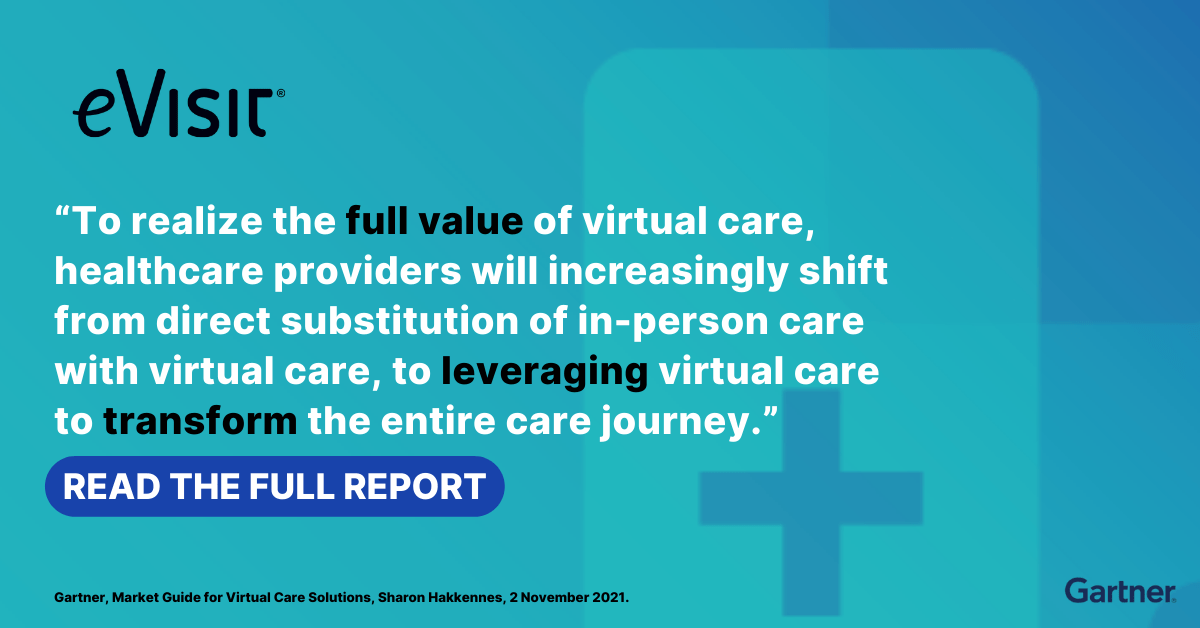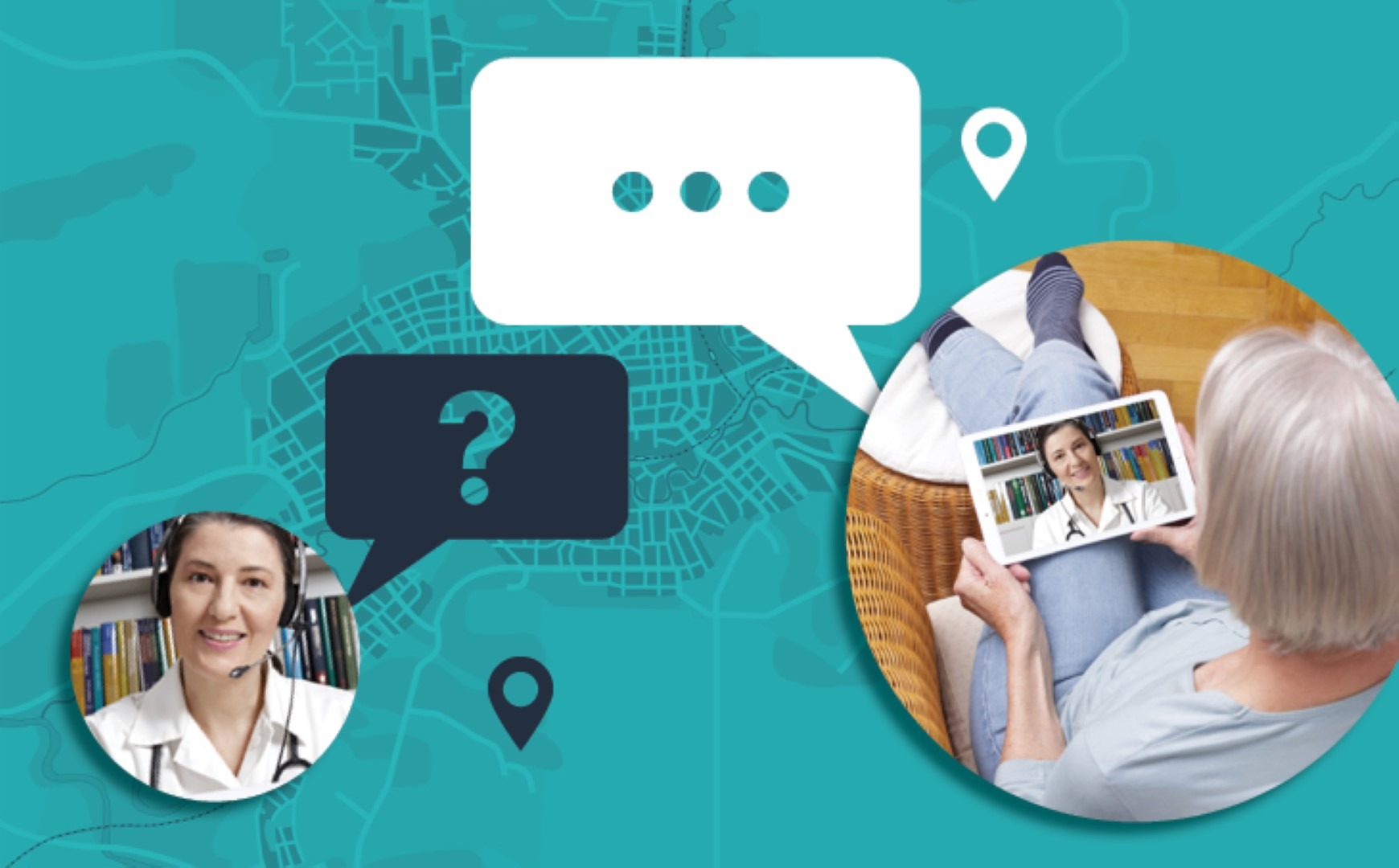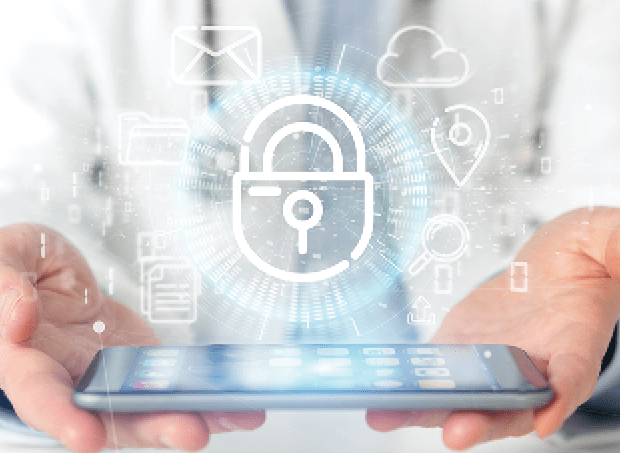Leveraging RPM Tools to Support Better Patient Outcomes in Hybrid Care Environments
Over the last several years, telehealth service delivery has really taken off. Spurred by the intricate necessities of navigating a public health emergency, telehealth adoption has continued to evolve and further solidify the shift to home and hybrid-based models of care.
At the cutting edge of healthcare innovation and technological disruption lies the ever-expanding landscape of remote patient monitoring (RPM) tools. The advantages to deploying these solutions are immense and represent a very potent means of solidifying the evolutionary leap from healthcare as we know it today and the hybrid care models now coming into greater focus across the practice landscape.
While physicians and clinical experts harness great value from the increased flexibility of digital health tools, patient consumers are equally delighted by the potential to improve health outcomes—all from the comfort of home. As patients become more invested in the management of their health and wellbeing, the consumerization of healthcare across smart devices, wearables, and home-based diagnostic tools will invigorate the ability for them to share their personal health information with care teams in even more dynamic and innovative ways.
The net benefit of all of this is a community care environment that delivers better outcomes, at reduced costs by maximizing efficiencies that empower both provider networks and the patients in their care. The shift to hybrid care models will support community health teams to make the most of patient health data and guide patients to take ownership of their treatment in more efficient and proactive ways alongside their healthcare providers.
RPM tools can act as a great equalizer and support greater health equity by ensuring that all communities have access to the highest quality professionals and diagnostic services. From the perspective of patients, these tools will help to support better monitoring of care outcomes, strengthen medical treatment compliance, and improve chronic disease management.

The Future of Healthcare Service Delivery is Hybrid
Home-based healthcare promises the potential to reduce the cost of care while allowing treatment plans to serve patients where they are, without overburdening urgent care teams or taking unnecessary beds in hospitals. Health systems, accountable care organizations, and medical device manufacturers all see incredible potential in supporting linkages between the hospital, home, and community-based care.
Recently, the Institute of Accountable Care (IAC) released research that shows the growing interest among ACOs in providing patients with home-based treatment options. More than half of the home-based care programs developed by ACOs were formed between 2017 and 2019, almost double the 26% formed between 2014 and 2016, according to the same IAC study.
Furthermore, there is clear evidence that some of the largest ACOs, Humana and UnitedHealth Group, each recently acquired home health companies and outlined their commitments to supporting the growth of hybrid treatment models to improve patient care outcomes and generate business value.
Healthcare systems and ACOs can help support the shift to hybrid care models by focusing their attention on strategies in the following areas:
1. Enhance the Visibility of Post-Acute Care Benchmarking
Many healthcare networks and ACOs perform some degree of tracking and monitoring of patients when they enter post-acute care facilities. However, one-way visibility into care is not enough to truly optimize outcomes. To do a better job here, care teams need to enhance visibility into post-acute care and gain greater insight into what is happening once patients are there.
Real-time electronic communications and coordination between care teams are the keys to supporting more proactive and responsive care planning. The bidirectional exchange of information is essential for helping care teams to work in sync and monitor patient conditions in a way that meaningfully reduces emergency department visits, hospital admissions, and readmissions for issues that could have been easily addressed.
2. Support a Preferred Home-Based Provider Network
Hybrid care models require strategies in place for supporting partnerships between the many different service providers responsible for different areas of care provisioning. To support greater cohesion and collaboration, it is essential for healthcare networks to evaluate home-based supports and evaluate home-based providers according to their abilities to offer different suites of services, service areas, capacity for care and projected turnaround times. Healthcare systems will gain great value in working with providers who engage in a digital manner using the tools and platforms necessary to promote hybrid care.
3. Leverage the Full Potential of Remote Patient Monitoring Tools
Health systems and ACOs will gain tremendous value by engaging patients to take their care into their own hands and proactively capture relevant insights about their health status and care outcomes. In many situations, remote patient monitoring is only being deployed to serve chronic patients but there is room to expand services and provide these diagnostic tools to a greater range of patient demographics.
Truly effective remote patient engagement needs to combine the monitoring of vital sign data with engaged care teams and the patients themselves to understand how many different factors support holistic health and wellness. Patients will gain the most value from digital health tools when they are simple, automated, and easy to use without the extra burden of having to log in or navigate a complex user interface.
4. Use Technology to Enhance Visibility, Connectivity, and Collaboration
Many healthcare management teams are struggling with staff shortages and burnout. Making the shift to home-based care requires the need for healthcare systems to extend the reach of professional teams without causing staff to feel overwhelmed by the nuance and complexity of using new workflows and treatment models.
Technology is one area where care teams can ease the burden of change management and empower clinicians to achieve more with less. Simple additions such as text-based check-ins with patients can help care teams to receive real-time health status updates and manage by exception to help keep people safe and feeling their best.
By better leveraging emerging digital health technologies, providers can enhance connectivity with patients and the real-time visibility into treatment plans encouraging the ability to pivot as needed and shape home-based care to better match patients’ changing needs.
Learn More
Your patients want healthcare that’s as convenient as everything else in their lives, and that means bringing healthcare right into their living room. With eVisit, you get a virtual care platform that:
- Is purpose-built for health systems
- Works across all specialties
- Enhances and automates your clinical workflows
- Boosts revenue with virtual urgent and primary care
- Prevents revenue loss with virtual specialty care
https://evisit.com/request-a-demoRequest a Telemedicine Demo Today.





